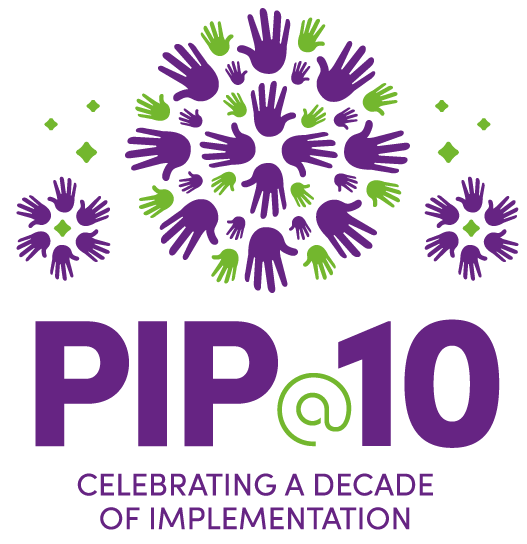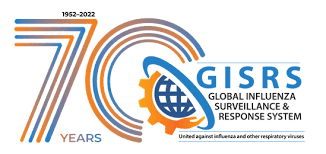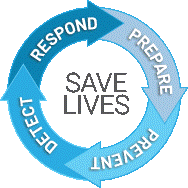Influenza Disease Burden Estimation: Data Needs, Methods, and Tools
Facilitators:
- Dr Noore Alam, Technical Officer, WHO/EMRO/Egypt
- Dr Stefano Tempia, Team Lead, WHO/HQ/Global Influenza Program/Switzerland
Background:
Seasonal influenza is an important cause of illness and death globally. Seasonal influenza can infect up to 20% of the population resulting in up to 650 000 influenza-associated respiratory deaths every year globally. In the WHO Eastern Mediterranean Region, lower respiratory infections, which include influenza, were the third-leading cause of death for all ages accounting for 29.5 deaths per 100,000 in 2015.
The World Health Organization (WHO) has identified a gap in knowledge around disease burden of seasonal influenza, especially in low and middle-income countries. Estimating influenza disease burden is often a challenge due to difficulties in distinguishing influenza from other respiratory illnesses without systematic laboratory testing. Hence, there is a need for reliable national disease burden estimates for influenza to provide a better understanding of the impact of influenza, especially in vulnerable communities or subpopulations such as young children and people 65 years and older.
Influenza disease burden estimation is a strategic priority under the Pandemic Influenza Preparedness Partnership Contribution High-Level Implementation Plan II 2018-2023 (HLIP II). A key output of this plan is to communicate disease burden findings to national and international expert bodies in a format that promotes evidence-based decision making on prevention strategies, including vaccination. Through interactive sessions participants will learn about data needs and methods/tools for influenza disease burden estimation and its use to support evidence-based decision making on prevention strategies.
Objectives:
- To contextualize influenza disease burden estimation to support evidence-based decision making on prevention strategies.
- To introduce data needs and methods/tools for influenza disease burden estimation, including:
- Estimating influenza-associated SARI hospitalization incidence at SARI sentinel sites using the WHO recommended methodology.
- Extrapolating influenza-associated SARI hospitalization incidence from SARI sentinel sites to national level using the WHO recommended methodology.
- Estimating the national influenza disease burden pyramid (i.e., mild/moderate illness, hospitalization, and death) using the WHO pyramid webtool.
- Estimating the influenza diseases burden averted through vaccination.
Target audience:
Any EMARIS attendee that wishes to familiarize with influenza disease burden estimation methods and tools. Special interest in this topic is expected from persons working on influenza surveillance and/or influenza data analysis and use of data to support evidence-based decision making.
Agenda:
TimeTopicFacilitators10 min
- Welcome and opening remarks
- Introducing participants and facilitators
- Overview of training agenda
- Why is disease burden estimation important? Promoting evidence-based decision making on prevention strategies
Noore Alam50 minWHO BoD methodology (overview):
- Estimating influenza-associated SARI hospitalization rates using sentinel surveillance data
- Extrapolating site-specific influenza-associated SARI hospitalization rates to national level
- Readiness checklist overview
Stefano Tempia
(interactive session)10 minInfluenza burden of disease estimation – country experience:
- Lebanon/Egypt
Country representatives15 minEstimating the influenza disease burden pyramid (i.e., mild/moderate illness, hospitalization, and deaths)Stefano Tempia15 minGlobal and regional estimates of influenza disease burden and their useStefano Tempia
(interactive session)15 minEstimating the influenza disease burden averted through vaccinationStefano Tempia5 minClosing remarksNoore AlamREGISTER HERESEE ALL WORKSHOPS




